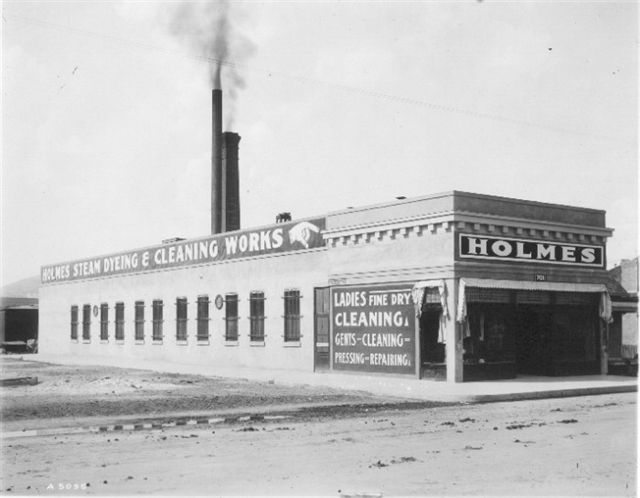AESOP WINNER! WHICH SIDE ARE YOU ON?
Which Side Are You On?, written by George Ella Lyon and illustrated by Christopher Cardinale, has won the American Folklore Society's 2012 Aesop Award for Children's Literature. That's big news! Congratulations to George Ella Lyon and Christopher Cardinale. George Ella is an activist for the rights of coal miners and for the land on which she lives. Which Side Are You On? is truly a labor of love and an homage to Florence Reece--the author of the song "Which Side Are You On?" Christopher Cardinale traveled to West Virginia to study the Kentucky mines and landscapes for his illustrations. He and George Ella collaborated on this wonderful book that teaches us the story of Ma Reece, her husband and her children as they struggled for basic human rights. Cinco Puntos is proud of Which Side Are You On? and the Aesop Award, and so happy for George Ella and Christopher. We congratulate the Aesop Committee for recognizing the book's roots in the voice of the people--the folklore of the people--and its importance to the United States in 2012. It arrives at a time of renewed union struggle, a time in which our country seems to have forgotten about the struggles in the past. Which side are you on?
Children’s Folklore Section
of the Children’s Folklore Section of the American
Folklore Society announces the 2012 Aesop Awards
2012 Aesop Prize Winner
Which Side Are You On? By George Ella Lyon, illustrated by Christopher Cardinale. El Paso, TX:
Cinco Puntos Press, 2011.
The urgency and bravery described in Which Side Are You On is at once both historic and contemporary.This picture book recounts the desperate circumstances that prompted the writing of a pivotal song of the labor movement in Kentucky in 1931. Author George Ella Lyon, and illustrator Christopher Cardinale, do a masterful job of portraying the historic setting and the unsung heroes of the coal miners’ strikes in the 1920’s and 30’s. And yet, by bringing this era into sharper focus, Lyon and Cardinale bring the realization that folk song is ever relevant in contemporary society. This book showcases a classic example of folk song, while simultaneously providing the context in which this song for social change took root. Social unrest, and the desire for justice, provide fertile ground for the flourishing of folk music as the voice of the oppressed. By describing the development of this song, Lyon and Cardinale remind us of its relevance today.
This is mainly the story of how Florence Reece wrote the song, “Which Side Are You On,” during one terrifying night, when the “gun thugs” (hired by the mine owners) were firing bullets into her home. Reece’s daughter narrates the scene, describing the way her six brothers and sisters cowered under the bed. Reece had gotten word to her husband (a mine worker and union organizer) not to return home, and to hide out. Amidst the questions bursting from the children under the bed, Ma tells them, “This ain’t easy, but sometimes you’ve got to take a stand.”
But this book is so much more than the story of Ma writing the song on the back of a calendar page, riveting though it is. The narrative simultaneously weaves three main threads into a cohesive flow: the unfolding plot in Reece’s home, background information on miners, and the lyrics of the song. Using an economy of words, Lyon imparts a surprising amount of information, in a child’s language. Readers learn about the grueling work of a miner, the meaning of a “company town,” payment in “scrip,” the meaning of a strike and a scab, and the reason a union is needed to set things right. The song lyrics visually swirl on intermittent pages.
The extensive author’s note provides even more information on the history, as well as reflections on folk music and the folk process, then and now. Cardinale, an accomplished cartoonist, achieves a style of illustration that captures the rough‐hewn quality of the setting, evocative of woodcuts. Illustrations and text work cohesively to portray a mood, not only of the violence, but of the resolve and love and solidarity of the family and the union.
Visualize the scene: Disenfranchised by those in power, the common people rise up to face their oppressors. These brave souls are armed with a powerful tool: the rousing refrains of a song. The music stirs their hearts and feeds their spirits, as they gather in strength and resolve. Does this scenario sound familiar? We hear about such uprisings and rallies on the news frequently. The use of folk song as a vehicle for righteousness is grounded in history, and those songs, old and new, still ring out today. Lyon and Cardinale have crafted a book that reminds us of that.
--Statement by the Aesop Award Committee
The Great Florence Reece singing her song!


.JPG)

Comments